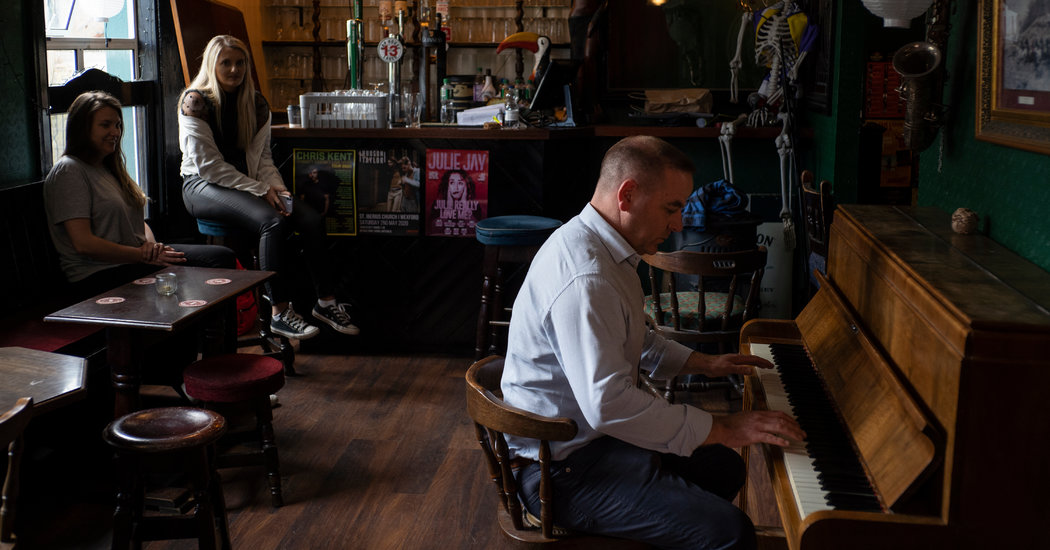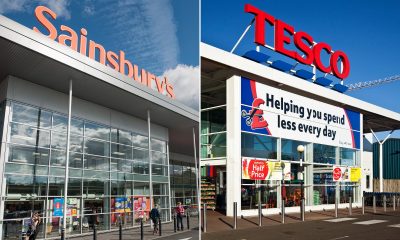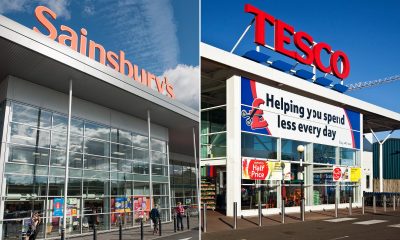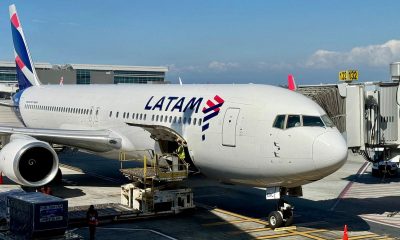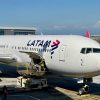ECONOMIC NEWS
European Workers Draw Paychecks. American Workers Scrounge for Food.
LONDON — In the southeast corner of Ireland, Brian Byrne’s event-planning business was confronting a calamity. It was the middle of March, and the coronavirus pandemic was nearing peak lethality. As the government barred gatherings like music festivals, his revenue disappeared, forcing him to consider laying off his four full-time workers.But a swiftly arranged government program spared their jobs. It provided 70 to 85 percent of their wages, enabling Mr. Byrne to keep them employed.“It oddly hasn’t been a stressful time,” he said. “I can keep the team together, keep them motivated. We’re basically doing everything we can to be ready for when the restrictions are eased.”Across the Atlantic in New York, the pandemic cost Salvador Dominguez his job selling Manhattan real estate. He eventually qualified for an emergency expansion of federal unemployment benefits, but not before 72 agonizing days of waiting. He borrowed from friends and family members to pay his rent, and he harvested food from the trash at a high-end grocery store.“How can I describe it?” said Mr. Dominguez, 39, taking a breath. “It was very tough.” He added, “I didn’t feel alone, because I knew a lot of people like me were doing it.”The pandemic has ravaged Europeans and Americans alike, but the economic pain has played out in starkly different fashion. The United States has relied on a significant expansion of unemployment insurance, cushioning the blow for tens of millions of people who have lost their jobs, with the assumption that they will be swiftly rehired once normality returns. European countries — among them Denmark, Ireland, Britain, France, the Netherlands, Spain and Austria — have prevented joblessness by effectively nationalizing payrolls, heavily subsidizing wages and enabling paychecks to continue uninterrupted.As cases increase at an alarming rate in much of the United States, the reliance on an overwhelmed unemployment system — the next infusion of money perpetually subject to the whims of Washington — leaves Americans uniquely exposed to a deepening crisis of joblessness. Europe appears poised to spring back from the catastrophe faster, whenever commerce resumes, because its companies need not rehire workers.“You just send an email, and that’s it — you’re ready to go,” said Jonathan Rothwell, principal economist at Gallup, the American polling firm, and a nonresident senior fellow at the Brookings Institution. “There’s no recruitment or negotiation.”Some have argued that the differing approaches are functionally equivalent. European taxpayers are writing checks to employers who wind up paying workers. American taxpayers are furnishing relief through unemployment payments.“I think it’s a real open question,” said Jason Furman, an economic adviser to President Barack Obama, “which of those will be better in the long term. They might be more similar than everyone thinks.” He was speaking during a recent discussion with Stephanie Flanders of Bloomberg.But conversations with recipients of government relief in Europe and the United States reveal one substantial difference: In many European countries, wage subsidies have enabled paychecks to continue without a hitch, sparing people the anxiety of managing bills while awaiting relief. For Americans, hellish tangles with bureaucracy have become legion as tens of millions of people have deluged the unemployment system, crashing websites, tying up phone systems and standing in parking lots for hours outside benefits offices.Far from an accident, this reflects the values animating American capitalism, in which social safety nets are minimal, leaving people to struggle with scant relief. The pandemic “exposes the fact that we have a system problem,” said Joseph Stiglitz, the Nobel laureate economist. “A system where 50 percent of the people are on the edge is not a resilient system.”The American Paycheck Protection Program has similarities to Europe’s wage subsidy programs. It has directed $520 billion in loans through private banks to small businesses. If American employers limit layoffs, they do not have to repay the money. Five million businesses have received funding, but bewildering rules and technical glitches have limited broader participation.Washington also increased standard unemployment benefits by $600 a week, often giving recipients more than they earned in their jobs. But in requiring that workers transition from payrolls to the unemployment system, the government effectively consigned people to torturous delays.Jobless data reveals how the pandemic has assailed American workers with exceptional force. The unemployment rate in the United States has soared nearly eight percentage points since February — it registered 11.1 percent in June — while France, Germany, Ireland and the Netherlands have all limited increases in the jobless rate to less than one percentage point.“By and large, the European social model has proved quite adept and robust for this kind of crisis,” said Jacob F. Kirkegaard, a senior fellow at the Peterson Institute for International Economics in Washington.None of this offers guarantees about the future. In many countries, the United States included, pandemic aid programs are set to expire in coming months. Given persistent fears about the virus, an abrupt elimination of relief would be damaging.In Britain, nine million workers have officially been furloughed while continuing to draw paychecks under a government program. But as many as a fourth are at risk of being fired when the government reduces the subsidy in September, according to Bloomberg. In the United States, extra jobless benefits expire at the end of July, prompting worries that the removal of this aid will spell a loss of spending, further damaging businesses and producing another spike in unemployment.For Americans, the risks are heightened by the fact that the nation lacks a national medical system — a feature taken as a given in Europe — leaving most people reliant on their jobs for access to health care.For now, European programs are insulating workers from the consequences.In Spain, the terrifying spread of the virus prompted the government to order a halt to nonessential services in mid-March. That threatened the livelihood of Ana Ascaso, a mother of three who works as a waitress at a popular bar in the center of Zaragoza, a city of 700,000 people in the northeast of the country. Her husband had been out of work for more than a year.Within hours of announcing the state of alarm, the Spanish government also approved an “act of God” wage subsidy program. Ms. Ascaso and the other eight employees at the bar would technically be furloughed — their jobs awaiting their return — while the government paid 70 percent of their wages.“It was very sad seeing the rising death rate, but I felt lucky that the only thing I had to worry about was my health and the health of my loved ones,” she said.The bar where Ms. Ascaso works reopened late last month. The tables are set farther apart than before. She wears a mask as she serves drinks and tapas.“For me, the wage subsidy was a gift,” she said.Isabel Santander, who has long worked in a Zaragoza factory that makes automobile dashboards, endured a two-month delay for her government-furnished wage subsidy. But her bank advanced the money while she waited.“I was able to feel relaxed at home,” she said. She spent time with her two daughters. Her company plans to resume production in early July, bringing back all 200 employees.
Updated June 30, 2020
What are the symptoms of coronavirus?
Common symptoms include fever, a dry cough, fatigue and difficulty breathing or shortness of breath. Some of these symptoms overlap with those of the flu, making detection difficult, but runny noses and stuffy sinuses are less common. The C.D.C. has also added chills, muscle pain, sore throat, headache and a new loss of the sense of taste or smell as symptoms to look out for. Most people fall ill five to seven days after exposure, but symptoms may appear in as few as two days or as many as 14 days.
Is it harder to exercise while wearing a mask?
A commentary published this month on the website of the British Journal of Sports Medicine points out that covering your face during exercise “comes with issues of potential breathing restriction and discomfort” and requires “balancing benefits versus possible adverse events.” Masks do alter exercise, says Cedric X. Bryant, the president and chief science officer of the American Council on Exercise, a nonprofit organization that funds exercise research and certifies fitness professionals. “In my personal experience,” he says, “heart rates are higher at the same relative intensity when you wear a mask.” Some people also could experience lightheadedness during familiar workouts while masked, says Len Kravitz, a professor of exercise science at the University of New Mexico.
I’ve heard about a treatment called dexamethasone. Does it work?
The steroid, dexamethasone, is the first treatment shown to reduce mortality in severely ill patients, according to scientists in Britain. The drug appears to reduce inflammation caused by the immune system, protecting the tissues. In the study, dexamethasone reduced deaths of patients on ventilators by one-third, and deaths of patients on oxygen by one-fifth.
What is pandemic paid leave?
The coronavirus emergency relief package gives many American workers paid leave if they need to take time off because of the virus. It gives qualified workers two weeks of paid sick leave if they are ill, quarantined or seeking diagnosis or preventive care for coronavirus, or if they are caring for sick family members. It gives 12 weeks of paid leave to people caring for children whose schools are closed or whose child care provider is unavailable because of the coronavirus. It is the first time the United States has had widespread federally mandated paid leave, and includes people who don’t typically get such benefits, like part-time and gig economy workers. But the measure excludes at least half of private-sector workers, including those at the country’s largest employers, and gives small employers significant leeway to deny leave.
Does asymptomatic transmission of Covid-19 happen?
So far, the evidence seems to show it does. A widely cited paper published in April suggests that people are most infectious about two days before the onset of coronavirus symptoms and estimated that 44 percent of new infections were a result of transmission from people who were not yet showing symptoms. Recently, a top expert at the World Health Organization stated that transmission of the coronavirus by people who did not have symptoms was “very rare,” but she later walked back that statement.
What’s the risk of catching coronavirus from a surface?
Touching contaminated objects and then infecting ourselves with the germs is not typically how the virus spreads. But it can happen. A number of studies of flu, rhinovirus, coronavirus and other microbes have shown that respiratory illnesses, including the new coronavirus, can spread by touching contaminated surfaces, particularly in places like day care centers, offices and hospitals. But a long chain of events has to happen for the disease to spread that way. The best way to protect yourself from coronavirus — whether it’s surface transmission or close human contact — is still social distancing, washing your hands, not touching your face and wearing masks.
How does blood type influence coronavirus?
A study by European scientists is the first to document a strong statistical link between genetic variations and Covid-19, the illness caused by the coronavirus. Having Type A blood was linked to a 50 percent increase in the likelihood that a patient would need to get oxygen or to go on a ventilator, according to the new study.
How many people have lost their jobs due to coronavirus in the U.S.?
The unemployment rate fell to 13.3 percent in May, the Labor Department said on June 5, an unexpected improvement in the nation’s job market as hiring rebounded faster than economists expected. Economists had forecast the unemployment rate to increase to as much as 20 percent, after it hit 14.7 percent in April, which was the highest since the government began keeping official statistics after World War II. But the unemployment rate dipped instead, with employers adding 2.5 million jobs, after more than 20 million jobs were lost in April.
How can I protect myself while flying?
If air travel is unavoidable, there are some steps you can take to protect yourself. Most important: Wash your hands often, and stop touching your face. If possible, choose a window seat. A study from Emory University found that during flu season, the safest place to sit on a plane is by a window, as people sitting in window seats had less contact with potentially sick people. Disinfect hard surfaces. When you get to your seat and your hands are clean, use disinfecting wipes to clean the hard surfaces at your seat like the head and arm rest, the seatbelt buckle, the remote, screen, seat back pocket and the tray table. If the seat is hard and nonporous or leather or pleather, you can wipe that down, too. (Using wipes on upholstered seats could lead to a wet seat and spreading of germs rather than killing them.)
What should I do if I feel sick?
If you’ve been exposed to the coronavirus or think you have, and have a fever or symptoms like a cough or difficulty breathing, call a doctor. They should give you advice on whether you should be tested, how to get tested, and how to seek medical treatment without potentially infecting or exposing others.
In Ireland, the wage subsidy approach has not merely prevented workers from falling into arrears. It has also maintained their sense of cohesion.Ian Redmond operates several nightclubs and bars in Dublin, employing over 100 people. He opened a tiki bar in January, right before the pandemic, assembling a team skilled in the art of cocktails. The wage subsidy program has spared him from having to start over.“The government has been very proactive,” he said.As Mr. Byrne, who runs the events, looks ahead to a new era of music performances and comedy shows with smaller crowds and social distancing, his employees have been able to carry on with their lives. One of his workers had been in the process of buying a house.“If she was unemployed, she would have had a lot of difficulty getting a mortgage,” Mr. Byrne said. She was approved, and the sale is going ahead — presumably setting up future business for carpenters, electricians and a range of other services sustained by homeowners drawing paychecks.The Irish government sought to protect jobs in two rapid bursts. First, in mid-March, it unleashed payments of 350 euros ($395) to all who were out of work, regardless of their earnings. Then, it followed up with the wage subsidy plan, agreeing to cover up to €410 in pay per week at companies whose revenues dropped by at least 25 percent.“These two schemes,” Mr. Byrne said, “they have really kept the country open.”The American approach, by contrast, has barraged the unemployment system with people in dire straits, exceeding its capacity to deliver.Normally, Mr. Dominguez, the Manhattan real estate agent, would not have been eligible for unemployment, because he was a contract worker. But the pandemic prompted Congress to make benefits available to freelancers and self-employed workers.When he initially applied, he was told that he had to be rejected for state benefits before he could qualify for the federal benefits — a cumbersome, time-consuming requirement.After New York petitioned the federal government to change the rules, Mr. Dominguez applied again through the website and was told he would hear back within 72 hours.Days turned into weeks and then months as his bills mounted. He dialed every state number he could find to plead his case. He joined Facebook groups with other jobless workers awaiting relief. He contacted his political representatives.He did receive a $1,200 stimulus check from the federal government, supplementing that money with borrowed funds to cover the $2,800-a-month rent on his one-bedroom apartment.He signed up for distribution at a food pantry. Then, a friend tipped him off to what passed for a gold mine in such times: Citarella, a famously expensive purveyor of fresh seafood and other gustatory treasure, tossed out expired food daily. He began stopping by the store after closing time, rooting through the trash for nourishing discards.More than 10 weeks after he applied for unemployment benefits, Mr. Dominguez received word that he had qualified.He was still awaiting his first check — $170 in state benefits, plus the $600 in expanded federal relief. And the money was effectively spent: He had to pay back what he had borrowed.Peter S. Goodman reported from London, Patricia Cohen from New York, and Rachel Chaundler from Zaragoza, Spain.
Source link
